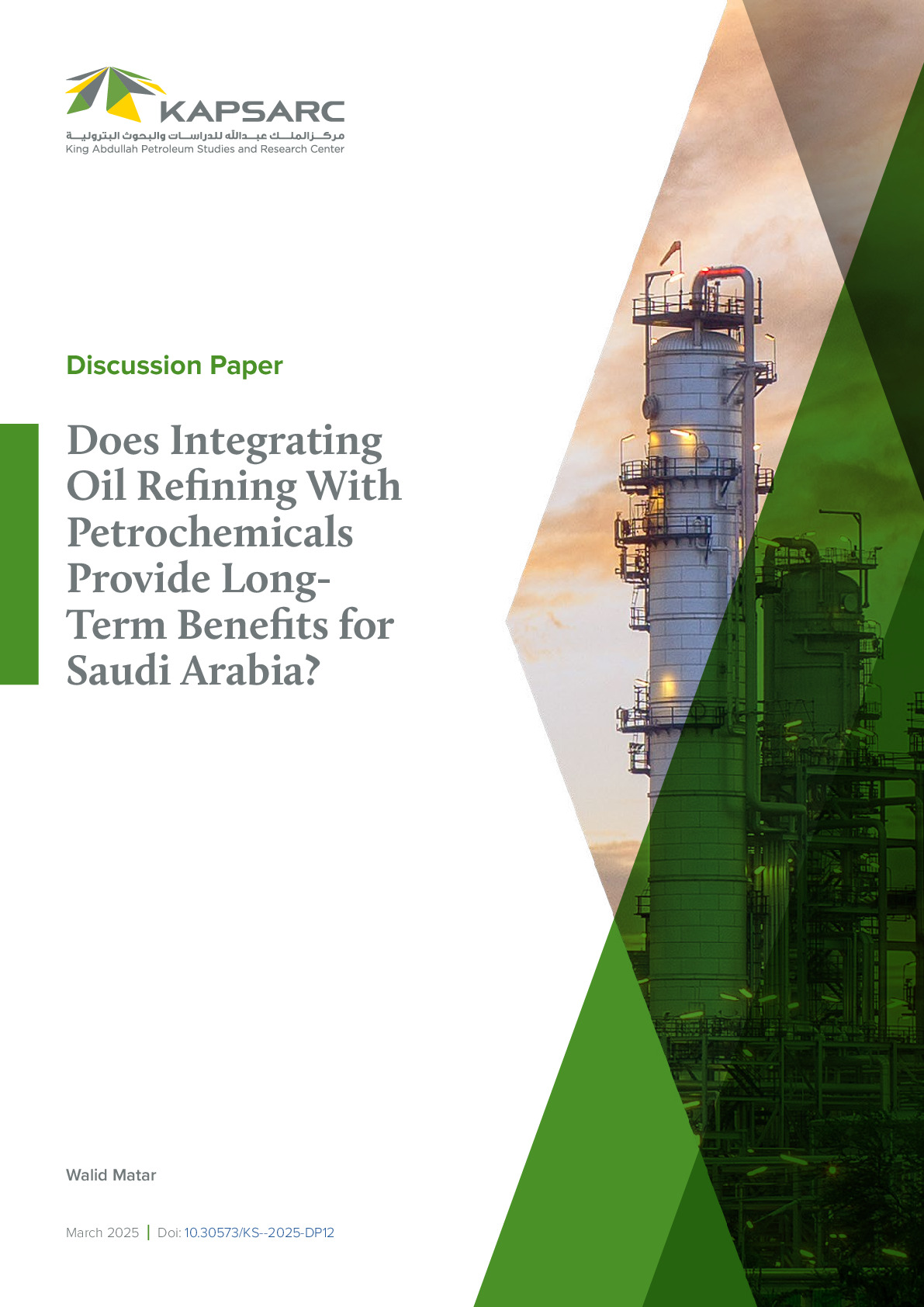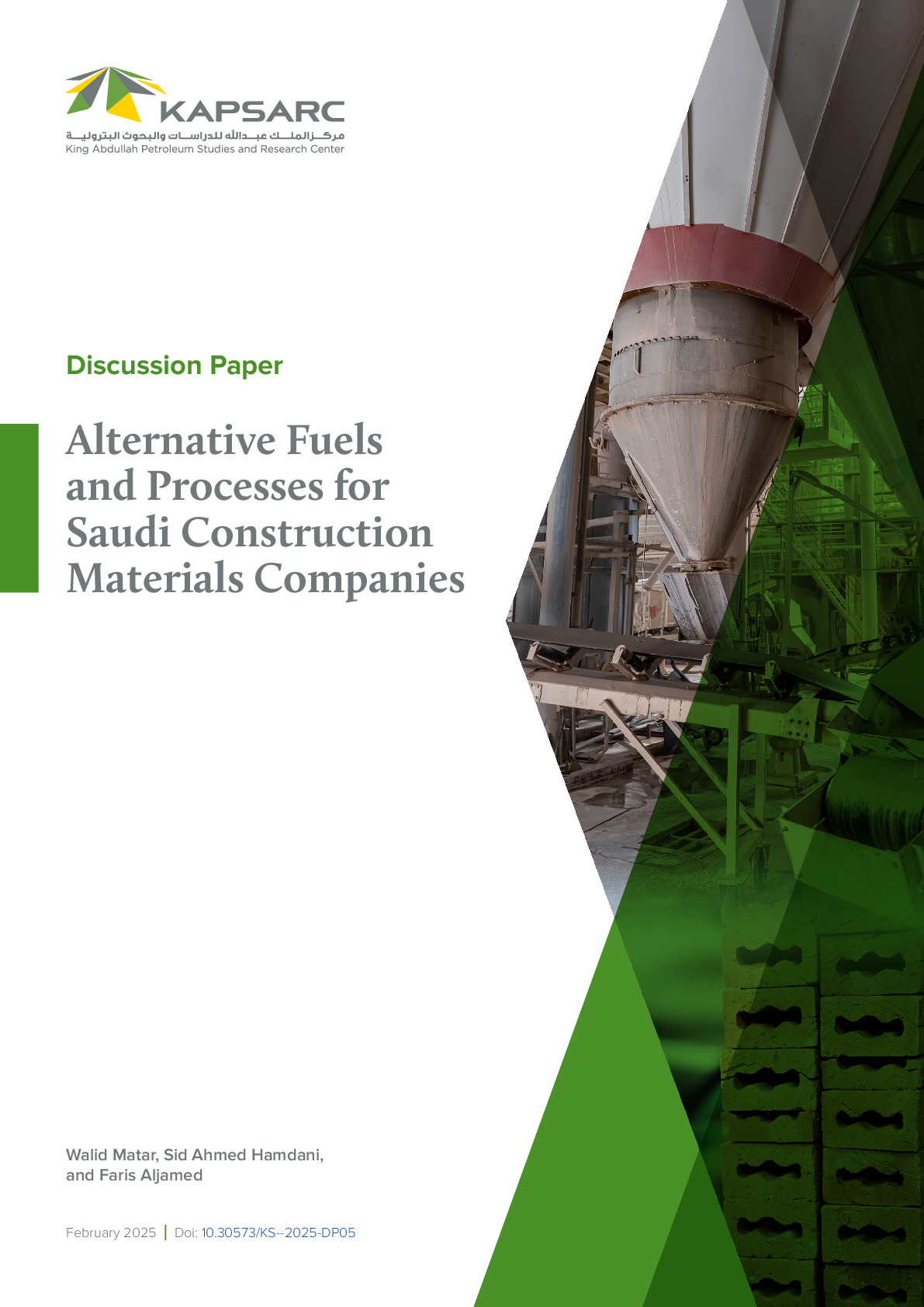The price-gap method is popularly applied to estimate energy subsidies, and it simply involves calculating the difference between the market and domestic prices of a good multiplied by the quantity consumed. In the case where subsidies impose foregone revenue rather than direct costs, however, the estimation of these subsidies requires further scrutiny.

Principal Fellow- Oil & Gas
Walid works on modeling energy systems. He is developing or has developed the following components of the KAPSARC Energy Model…
Walid works on modeling energy systems. He is developing or has developed the following components of the KAPSARC Energy Model (KEM): electric power generation, oil refining, petrochemicals and fertilizers, cement production, and iron and steel. He is also working on a bottom-up residential electricity use framework that merges microeconomics with the physical laws governing electricity use.
Expertise
- Energy Systems Modeling
- Optimization
- Electricity Prices
- Energy Efficiency and the Interdisciplinary Connection Between Energy Economics and Engineering
Publications See all Walid Matar’s publications

Does integrating oil refining with petrochemicals provide long-term benefits for Saudi Arabia?
The price-gap method is popularly applied to estimate energy subsidies, and it simply involves calculating…
25th March 2025
Alternative Fuels and Processes for Saudi Construction Materials Companies
The price-gap method is popularly applied to estimate energy subsidies, and it simply involves calculating…
11th February 2025